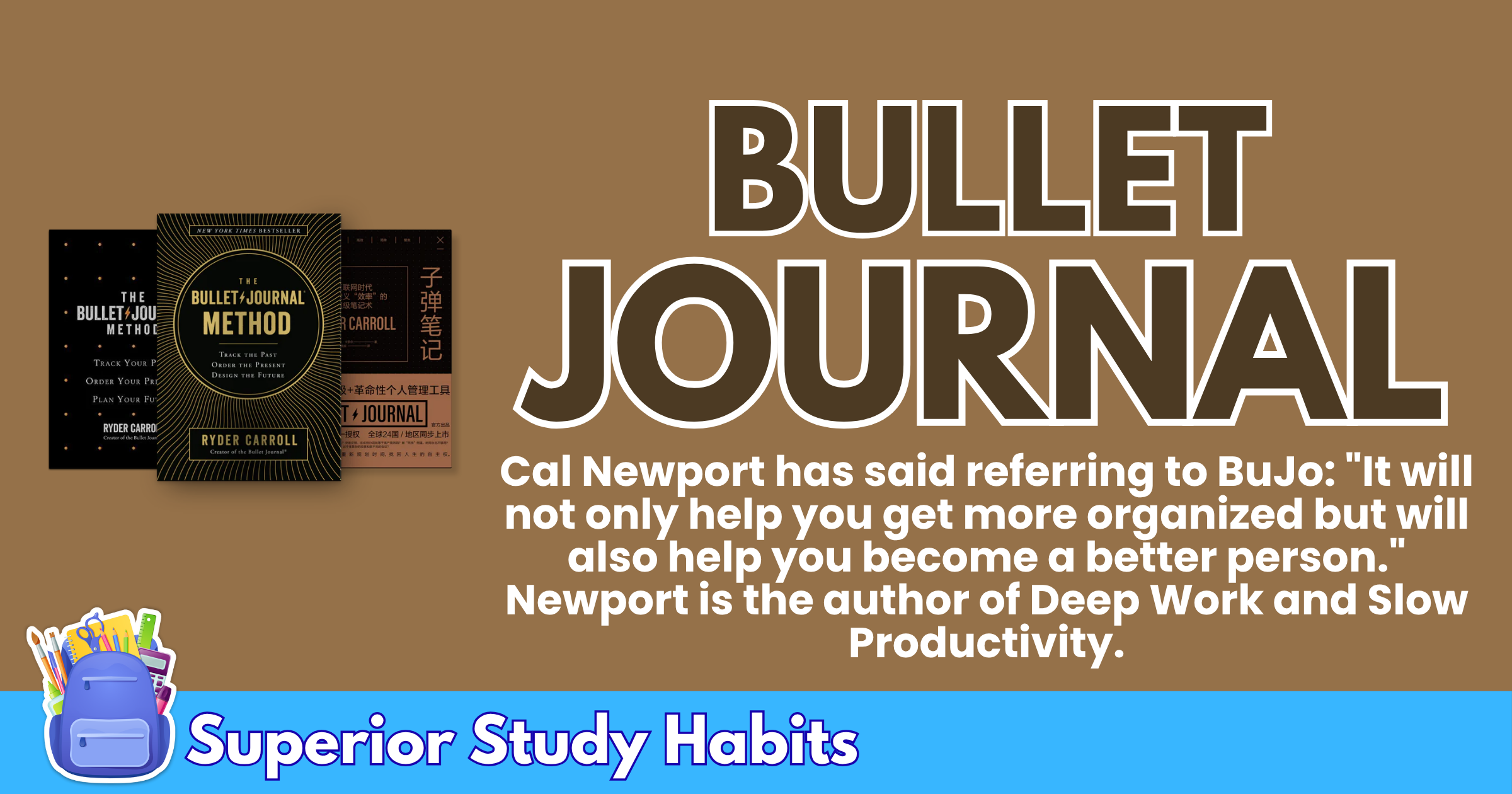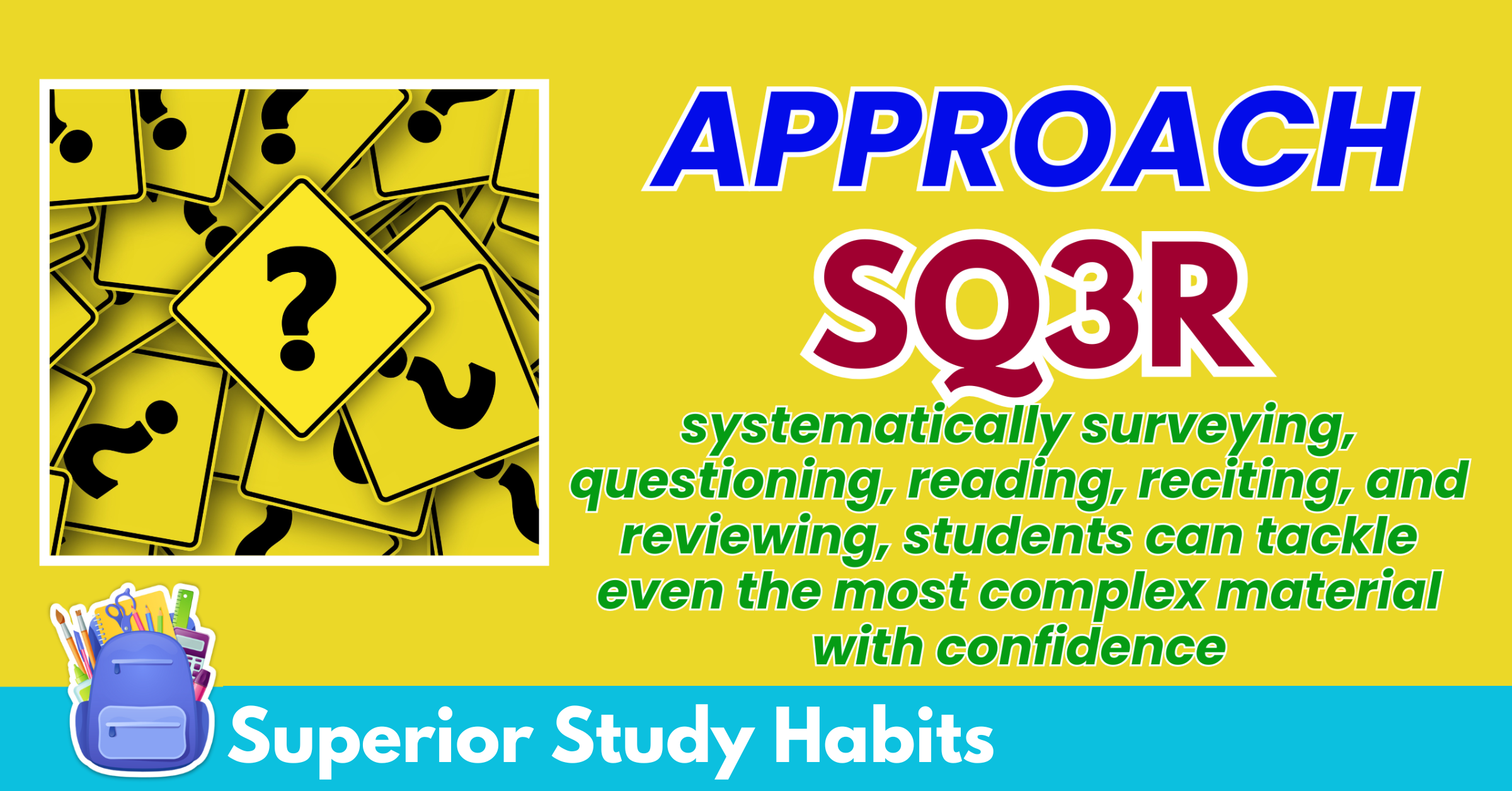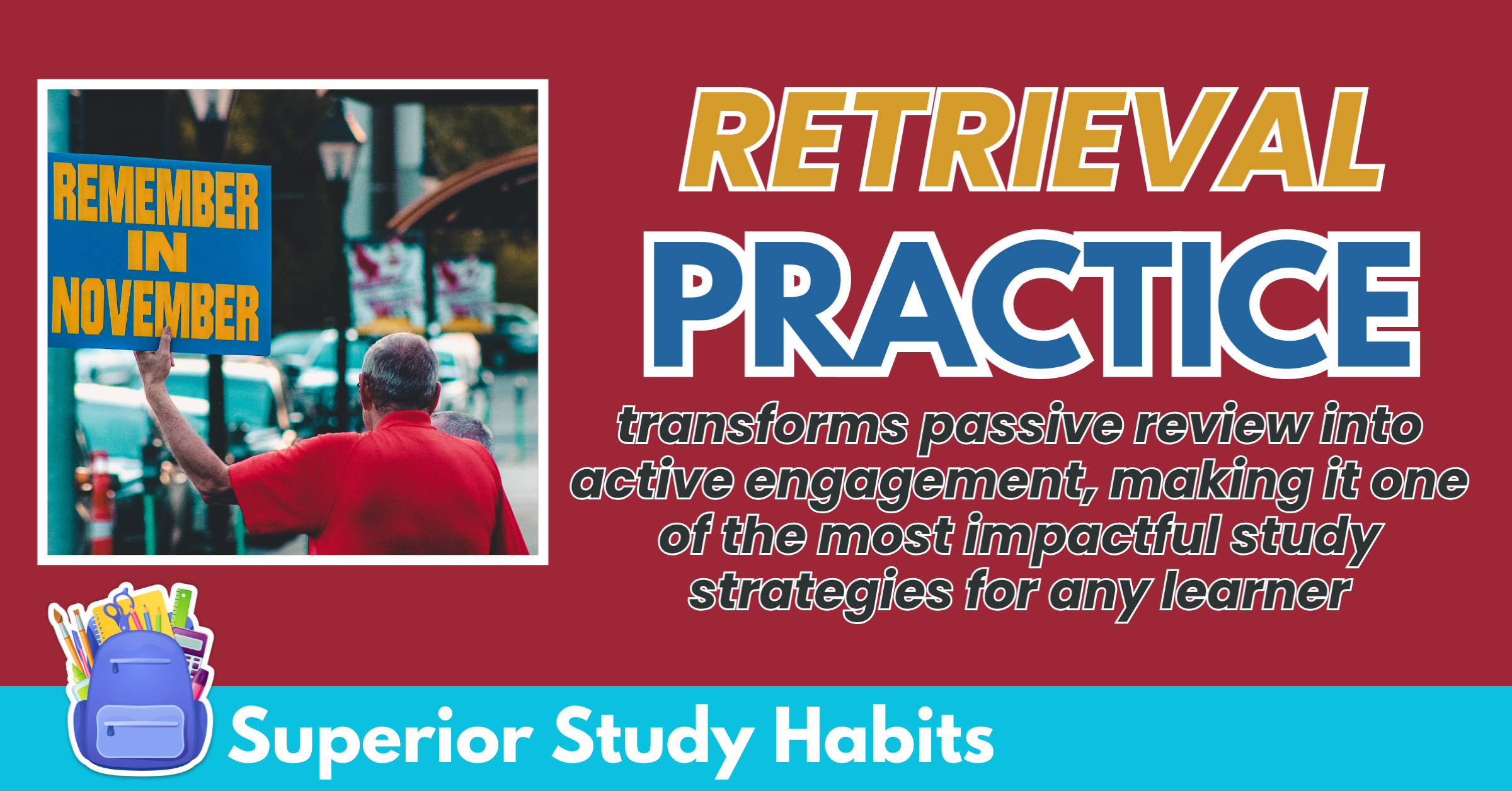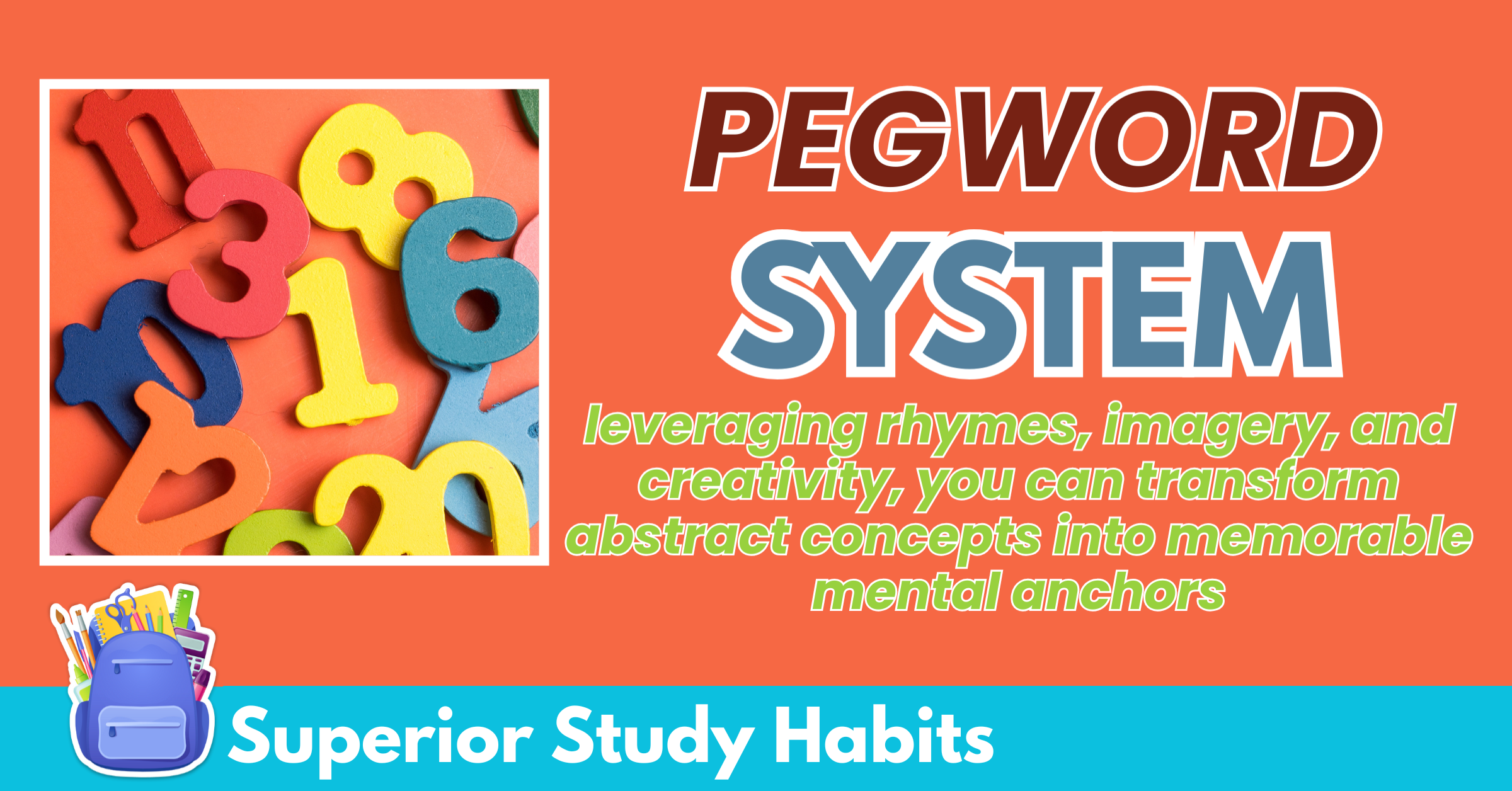Bullet Journal is Essentially the Legendary Method to Get Your Life Organized
If you’re into journaling and productivity, you’ve probably been experimenting with several methods. Having done this and done that. However, if you’ve not found the right one yet, give Bullet Journal (also known as BuJo) a try.
Bullet journal was created by Ryder Carroll in 1990s as his simple method of personal organization in college. Carroll was diagnosed with ADHD and utilized the BuJo as way to “move past his learning disabilities.”
A friend encouraged him to share his method, which he did in 2013. The method has since gained significant attention on social media.
Bullet journal is essentially the legendary method to get your life organized. Its name comes from the use of abbreviated bullet points, central to organizing information in the journal.
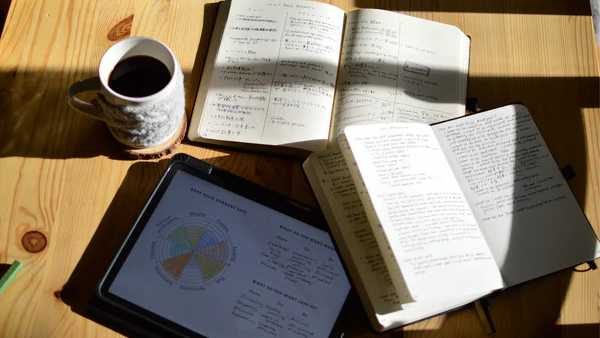
Table of Contents
Getting Started with Bullet Journal
Bullet journal refers to a type of journaling system that uses bullet points in organizing schedules, reminders, to-do lists, brainstorming, creating writing, and more in a single notebook.
The method does not need fancy tools, but simple notebooks and a pen are the basics to get started. There are notebooks commercially designed for bullet journal, and you can use creative elements such as stickers, tapes, markers, and more.
Similarly, uses of bullet journal are limitless. You can have it productivity, diary, creative outlet and more. A student for productivity and even organize all notes in a single notebook, a busy professional so as not to forget assignments, a person in finance, and as way of coping with mental health.
Here are more:
- To do list
- Planner
- Organize notes/ideas
- Goal-setting
- Habit tracking
- Journal/Diary
- Creative outputs
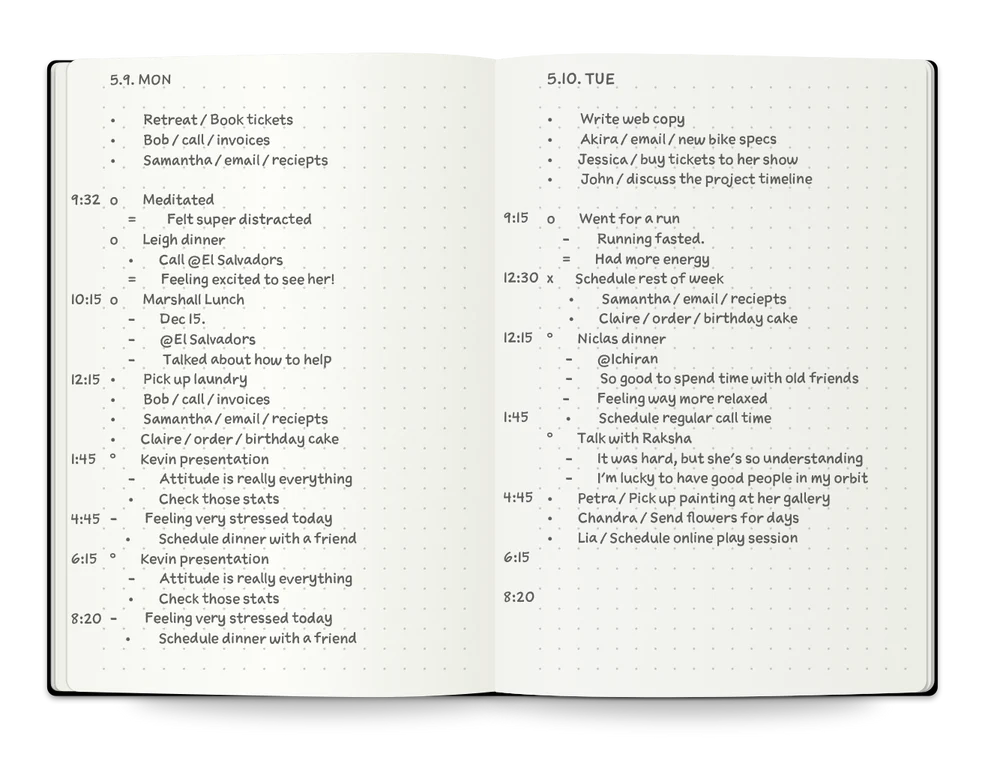
Pages Used in Bullet Journal
There are at least five must-have pages on your bullet journal for it to work, but you can make more.
- Index Page. This should be the first page of your bullet journal (unless you prefer to have a front page), serving as the table of contents. Here, you can input the titles of the pages (or their page type) and the page number where it can be found.
- Daily Log. This are the activities that are scheduled to be done for the day.
- Monthly Log. May include a copy of the traditional monthly calendar and the activities scheduled for the month.
- Rapid Log. Symbols used in the bullet journal. Here are six, you can add your custom symbol.
- · – interpunct symbolizes a task
- X – symbolizes the task is complete
- > – this means that the task was re-scheduled to another day (called migrated task)
- < – this means that the task is already scheduled
- ○ – small dot, refers to events
- – – hyphen, means a note
- Future Log. A glance at the activities for the whole year and beyond; includes events, goals, and long-term targets.
Limitless Possibility with Bullet Journal
There are endless possibilities with bullet journal, aside from goal-planning, calendar and to-do; and the six pages. You can have custom pages, which is called collections.
You can use these for:
- Travel goals
- Reading list
- Writing activities/essays
- Favorite Music
- Mobile number of friends
- Doodling

Final Thoughts
Bullet Journal helps organize your life through simple pen and notebook. Fancy and expensive materials are available, but simple and affordable notebooks have almost the same use.
Likewise, the journal is very easy to implement.
If you are into organizing your life, this can help.
Cal Newport has said referring to BuJo: “It will not only help you get more organized but will also help you become a better person.”
Newport is the author of Deep Work and Slow Productivity.
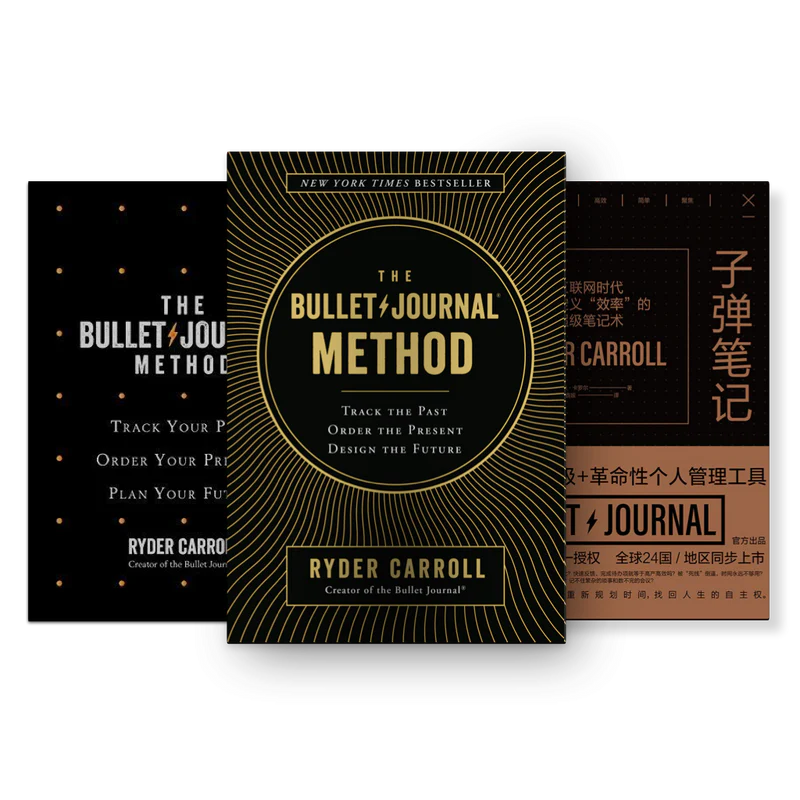
Share This Story, Choose Your Platform!
OMG Stories
School Hacks
Subscribe
Fresh insights and exclusive perks delivered straight to your inbox. Sign up now!

